Automotive-Interiors – Plastics-recycling 13-04-2022 - Arhive
Automotive-Interiors – Plastics-recycling
–APR cautions about potential effects of degradable additives on plastics recycling
The association’s Steve Alexander says claims regarding the additives’ recyclability are “unfounded, untested and possibly misleading as outlined by the U.S. Federal Trade Commission’s Green Guide.”
Steve Alexander, president and CEO of the Association of Plastic Recyclers (APR), Washington, has issued a statement regarding the potential effects of degradable additives on mechanical recycling of postconsumer plastics.
The statement reads in part, “Claims regarding the recyclability of degradable additives are unfounded, untested and possibly misleading as outlined by the U.S. Federal Trade Commission’s Green Guide. No third-party testing data has confirmed these recyclability claims. APR urges companies making such claims to share their supporting data with the recycling community.” Automotive-Interiors – Plastics-recycling
Alexandar says the APR is worried that the additives could negatively affect mechanical recycling of postconsumer plastics by compromising “the integrity or useful life of plastic packaging or durable products made from recycled resins that contain these additives.”
He continues, “The use of such degradable additives in packaging may render the packaging nonrecyclable because they lower the functionality and sustainability of recycled postconsumer plastics when included with recyclable plastics. Because degradable additives contaminate the plastics recycling stream, they must be kept isolated from recyclable packaging.”
Alexander adds, “The degradation of otherwise recycled plastics means lost opportunities for the repeated use of molecules through recycling, which according to the 2018 Life Cycle Inventory Analysis of Recycled Plastics, has less environmental impact than single use of molecules.”
His statement concludes, “Although APR has provided test protocols for time-dependent degradation for over 10 years, due to the concern and risks involved, APR does not consider items containing degradable additives eligible for APR Design Recognition Programs. It is also illegal in Alabama, California and North Carolina to label a plastic product both ‘degradable and recyclable.’”
Recently, a U.K.-based tech startup, Polymateria, says it found a way to alter the properties of plastic to make it biodegradable and recyclable at the same time with the use of a proprietary additive. Automotive-Interiors – Plastics-recycling
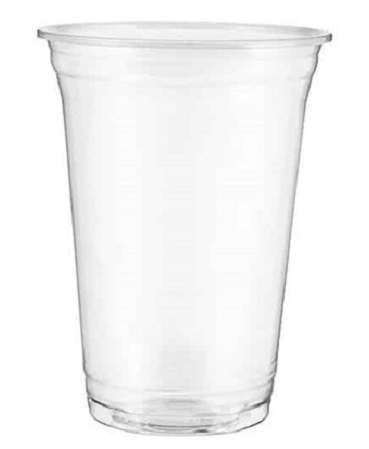
-Qosina announces new luer lock connectors amid nylon shortage
Qosina (Ronkonkoma, New York) announced today that it is adding to its luer lock connector product line to address a global Zytel nylon shortage.
The new selection of luer lock connectors is made of high-performance Vydyne that the company has in stock. Automotive-Interiors – Plastics-recycling
As a result, the connectors are ready for immediate shipment. In addition, the connectors are REACH and RoHS compliant and come with regulatory documentation, CAD drawings and validation test data.
“We proactively assess the supply chain for our products for any potential issues and take steps to mitigate the risks of interruption,” Qosina CEO Scott Herskovitz said in a news release. “In the case of a resin supply issue, Qosina evaluates and sources compatible alternatives, ensuring our ongoing commitment to business continuity.”
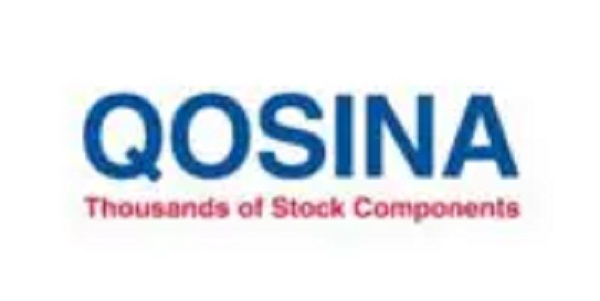
-Asahi Kasei Survey: Easy-to-Maintain, Sustainable Materials in Demand for Automotive Interiors
Interior design is expected to become a primary factor in car-purchasing decisions as electric vehicles grow in market share.
In November 2021, Japanese materials supplier Asahi Kasei conducted its third Automotive Interior Survey together with Cologne, Germany–based market research institute SKOPOS in the four major automotive markets: United States, Germany, China, and Japan. Automotive-Interiors – Plastics-recycling
One thousand car users of varying income levels in each market responded to questions regarding their car purchasing behavior, understanding of automotive sustainability, and preferences for the automotive interior.
While fuel/power consumption, drive-train technology, running costs, and driving performance remain the dominant decision factors, interior design has been gaining importance in recent years. One out of every two car users in the four main markets will take interior design into account for their next car purchase. With growing electrification and automation, it is expected that the interior will become the main differentiating factor in upcoming years, and its importance in the car purchasing process will further increase. Automotive-Interiors – Plastics-recycling
A key finding of the first survey from 2019 showed that car users worldwide highly value cleanliness inside their car. In 2021, this also proved the case, with 64% of car users in Germany placing an emphasis on the cleanliness of their car, trumping intuitive operation (38%), and personalization (46%). A similar trend was seen in China (78%), Japan (72%), and the United States (62%).
Benefits of easy-to-maintain surfaces
Whether it is a dirty floor, stains and scratches on interior surfaces, or odor, the general understanding of cleanliness differs among regions. While car users in China are clearly annoyed by “unpleasant odors” (48%) and the so-called “new car smell” (23%), the share of car users annoyed by these factors is significantly lower in the other regions. By contrast, “scratches on visible surfaces” bother one out of every four car users in Germany (25%).

-General Motors and Honda Expand EV Tech Partnership
The companies will partner on affordable sub-$30,000 electric crossover SUVs for 2027. Automotive-Interiors – Plastics-recycling
General Motors and Honda are getting the band back together, so to speak, as they are reprising a powertrain partnership from the early aughts, but this time using electric power.
The two companies are cooperating on a series of affordable electric vehicles using a new global architecture with the next generation of GM’s signature Ultium battery technology.
Their target is “global production of millions of EVs starting in 2027,” according to the companies’ announcement. This will specifically include compact crossover SUVs, that would slot into the market segment below the mid-sized Chevrolet Equinox EV that is planned for 2023, GM said. That segment has particular appeal because it is currently the world’s largest vehicle category, with annual sales of more than 13 million vehicles globally.
“Honda and GM’s announcement today about a new crop of electric crossovers couldn’t have come at a more ideal time,” said Robby DeGraff, industry analyst for AutoPacific. Automotive-Interiors – Plastics-recycling
“With gas prices remaining high and an avalanche of electric vehicles on the way, affordability is a big barrier when it comes to encouraging more consumers towards EV ownership,” he stated. “Thankfully we’ve been seeing automakers introduce far more affordable EVs with great realistic range below the almost-$50,000 average transactional price of a new vehicle sold today.”
Indeed, the partners are promising to undercut the Chevrolet Equinox EV in both size and price, and that vehicle is slated to start at $30,000, providing a benchmark for the new vehicles’ affordability. “Chevrolet and Honda in a few years’ time plan to start selling compact crossovers that will bring consumers into EV ownership at a cost below $30,000,” said DeGraff. “This really is a huge deal for both automakers as it’s an easy profitable opportunity to tap into a very popular segment (compact XSUV) and save development costs by collaborating together.”
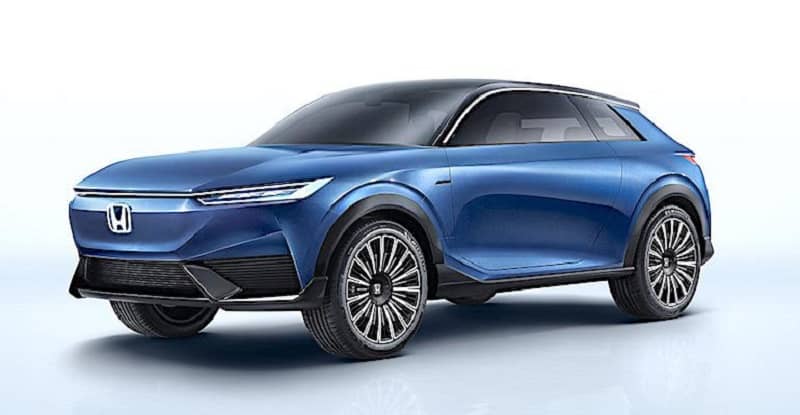
-Qatar Vinyl Company to establish new PVC plant
QVC (Qatar Vinyl Company) has been given approval by Industries Qatar (IQ) and Mesaieed Petrochemical Holding (MPHC) to establish a new suspension polyvinyl chloride (S-PVC) facility in Mesaieed Industrial City, said Gulf-times.
The contract value of this project is USD239m. QVC is a joint venture between MPHC with a 55.2% stake, Qatar Petrochemical Company (QAPCO) with a 31.9% stake and QatarEnergy with a 12.9% stake. The proposed capacity of the PVC plant will be 350,000 tonnes. Automotive-Interiors – Plastics-recycling
It will be integrated with QVC’s existing facilities, from which it will source the feedstock vinyl chloride monomer (VCM).
The plant will operate sustainably, through the efficient usage water and power and existing logistics facilities. This plant will be the first PVC-producing facility in Qatar and aims to establish Qatar as a regional production hub.
The PVC produced will contribute towards meeting the requirements from the flourishing construction industry in the region, which is one of the biggest consumers of PVC. It also aims to provide an opportunity to export PVC internationally. The largest suspension PVC producer in the Middle East is Saudi Basic Industries Corporation (SABIC). Company officials could not be immediately reached for comment.
Qatar Chemical (Q-Chem), part of Chevron Phillips Chemical Qatar, planned to resume HDPE production in Mesaieed, Qatar in early April after a scheduled overhaul. The company stopped the plant with a capacity of 375,000 tonnes of HDPE per year for maintenance in mid-February. Automotive-Interiors – Plastics-recycling
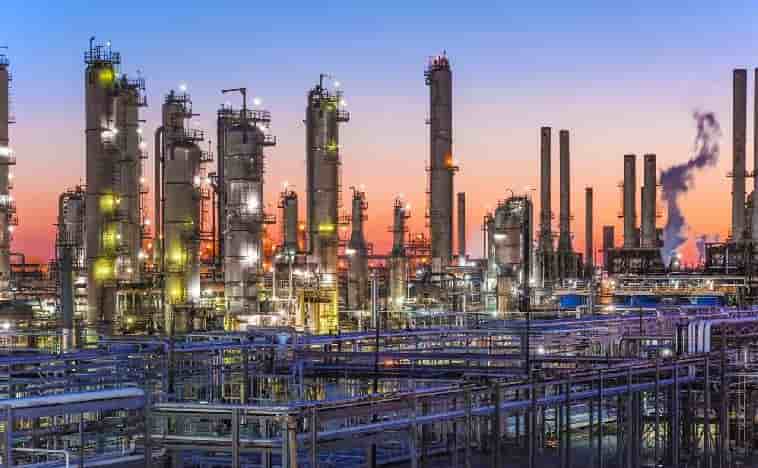
-OMV takes Q1 hit of EUR2 bln from Russia business
Austrian oil, gas and petrochemicals major OMV saw key petrochemical margins shrink quarter on quarter in Q1, said Reuters.
Ethylene, propylene, polyethylene (PE) and polypropylene (PP) margins all fell, compared with Q4 2021. Automotive-Interiors – Plastics-recycling
However, with the exception of PE, margins improved year on year. Meanwhile, OMV’s refining indicator margin improved to USD9.75/bbl – from USD6.25/bbl in Q4 and USD1.68/bbl in Q1 2021.
However, positive impacts from higher refining margins were more than offset by higher utilities costs and crude differentials, the company said.
OMV’s total production of oil, natural gas liquids (NGL) and natural gas averaged 457,000 barrel of oil equivalent (BOE)/day in Q1 – down from 491,000 in Q4 and from 495,000 in Q1 2021.
OMV also advised of write-downs totaling EUR2bn on investments in Russia’s Yuzhno Russkoye gas field and the stalled Nord Stream 2 natural gas pipeline project from Russia to Germany. OMV is due to publish its Q1 results on 29 April.
As per MRC, OMV reported utilization of 83% at its European refineries in H1, 2021, down by 3% on the year yet “relatively resilient in light of the COVID-19 impact”. It expects the utilization rates at its European refineries to remain at the 2020 level this year. Last year its refineries reported 86% utilization. The company’s refineries in Europe ran at 85% utilization in Q2, up from 81% in the year-ago quarter.
As MRC wrote before, OMV is investing EUR40 million (USD48 million) to expand and modernize a steam cracker and associated units at its refining and petrochemicals complex at Burghausen, Germany. The upgrade will increase the site’s ethylene and propylene production capacity by 50,000 metric tons/year. Following a planned turnaround of the refinery, the revamped cracker and petchem units are expected to start operations in the third quarter of 2022. Initial groundwork is already underway ahead of the upgrade. Automotive-Interiors – Plastics-recycling
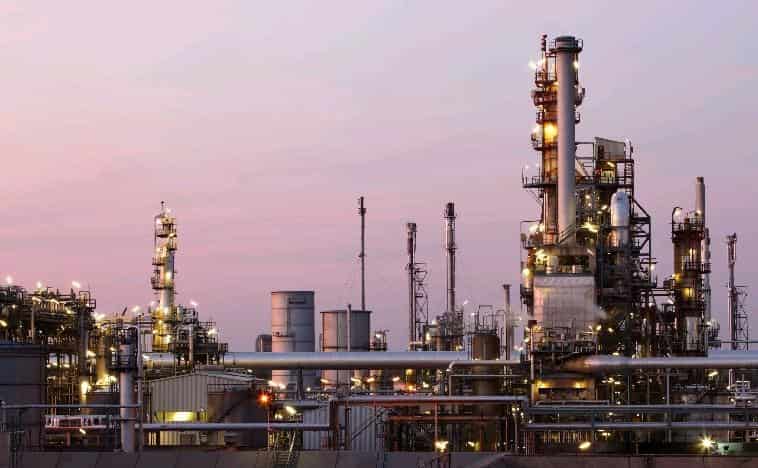
Automotive-Interiors – Plastics-recycling
